Teachers from Wisconsin and Puerto Rico came together in Puerto Rico in July 2017 for the capstone week of their Research Experiences for Teachers Program.
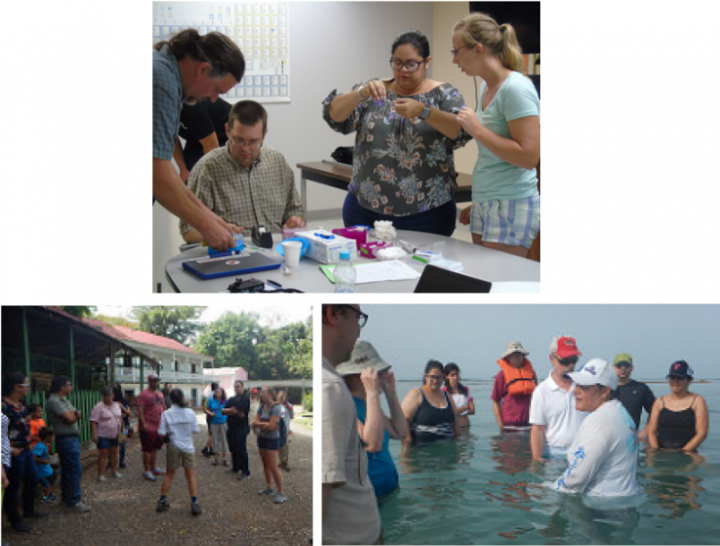
Teachers from Wisconsin and Puerto Rico came together in Puerto Rico in July 2017 for the capstone week of their Research Experiences for Teachers Program.
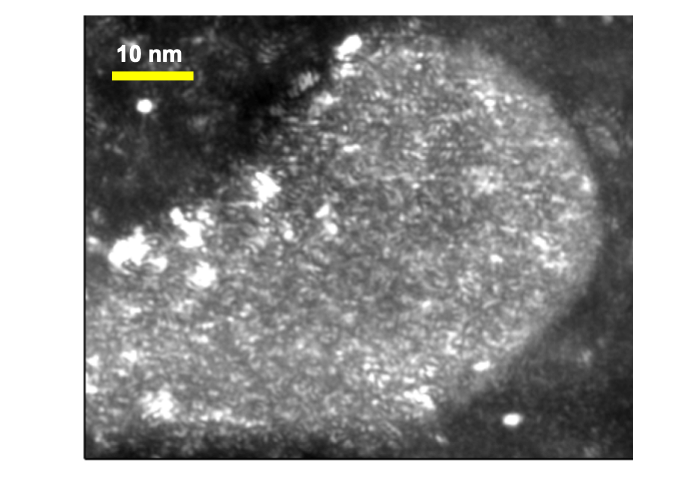
Current TEM cameras acquire images in a few milliseconds. The new camera will ultimately acquire images in just 8 microseconds, which will enable researchers to study fast processes in materials like atoms rearranging in a flowing liquid and to probe the smallest structures in materials.
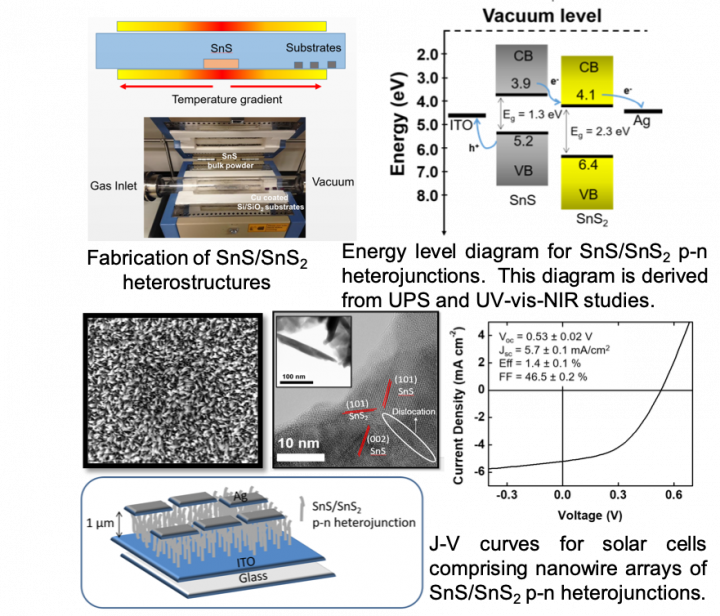
The objective of this effort is to design and develop well defined p-n heterostructures that allow the investigation of their optoelectronic properties due to interfacial interactions.
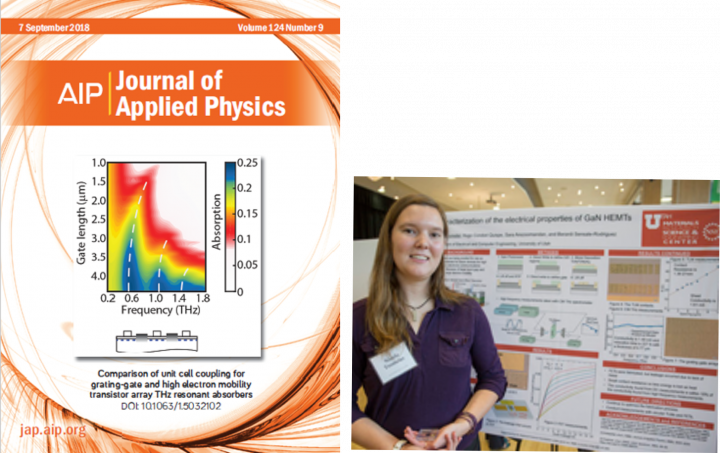
Promising a myriad of transformative applications in various fields such as communications, security, chemical & biological sensing, and astronomy, terahertz (THz) technology is a very promising technological field. In order to realize efficient THz systems, development of active devices, such as detectors and emitters is required.
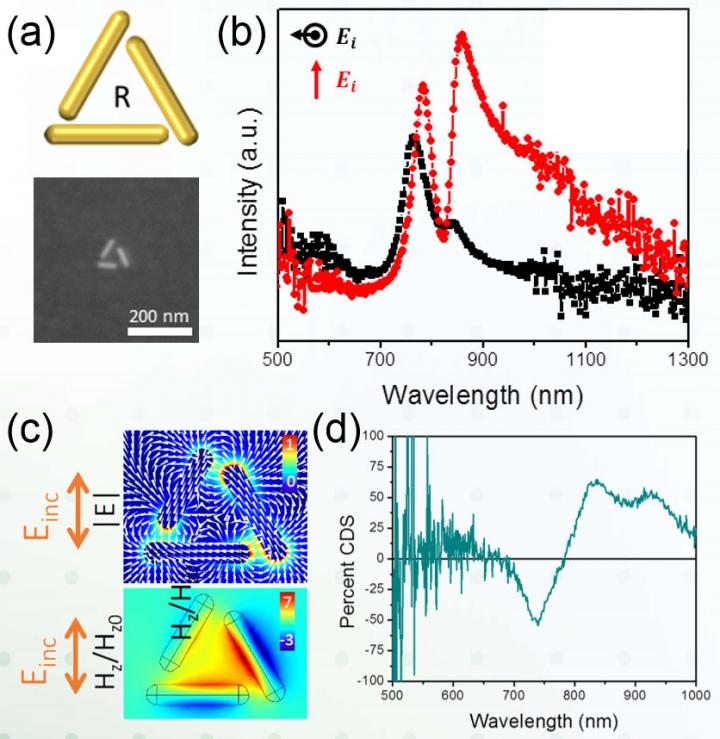
The groups of Kagan, Murray, and Engheta in IRG3 teamed up to (a) synthesize gold (Au) nanorods (length of ~110 nm, diameter of ~22 nm) and direct their assembly in lithographically-defined templates to form nanorod equilateral trimers.
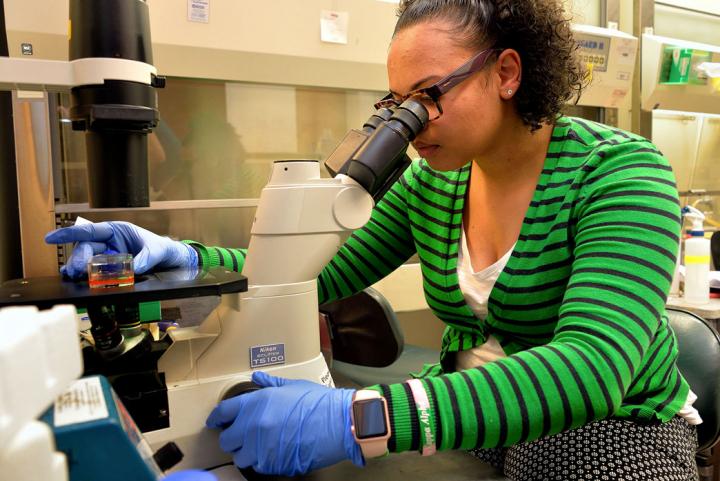
As part of our commitment to outreach, two students working with David Chenoweth in this IRG (Alexander Kasznal and Samuel Melton) are involved in Spark mentoring programs. Spark Students are paired with a mentor based on mutual interests. Students visit their mentor’s workplace once a week for 10-13 weeks.
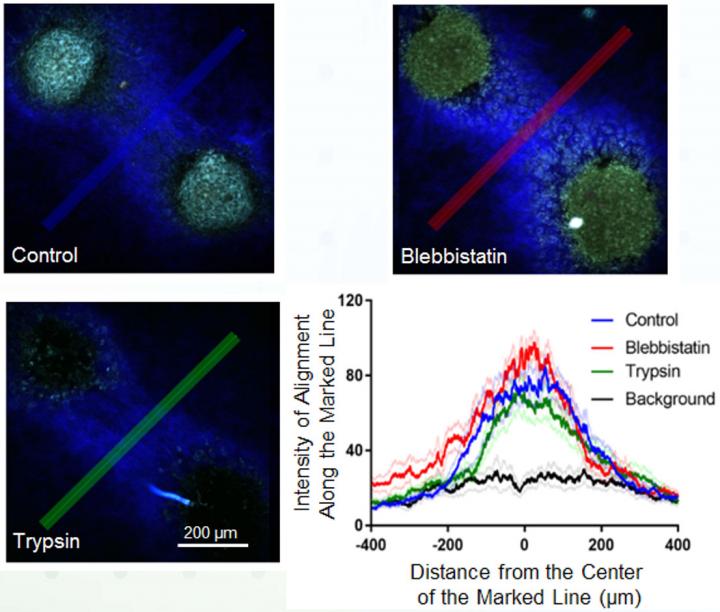
A collaboration (Wells, Shenoy) in IRG 2 studied the mechanisms of mechanical plasticity in collagen networks resulting from contractile forces produced by cellular aggregates placed within them.
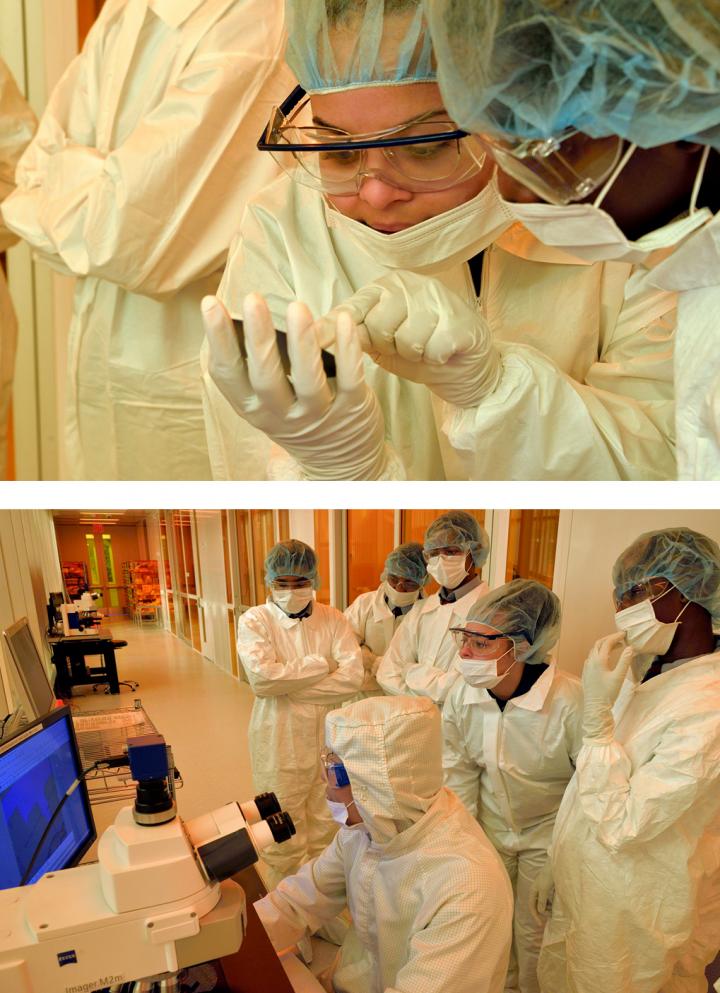
Starting in 2017, the LRSM and Singh Center for Nanotechnology hosted monthly field trips for Philadelphia middle and high school students.
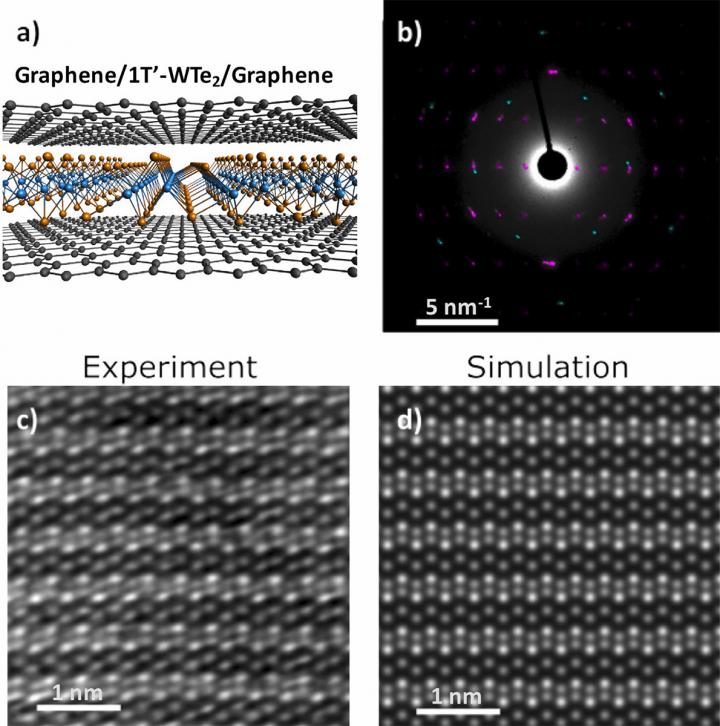
Large-area growth of monolayer films of transition metal dichalcogenides is important in the rapidly advancing research field of topological materials, because scientists believe tungsten ditelluride has so-called “topological” electronic states.
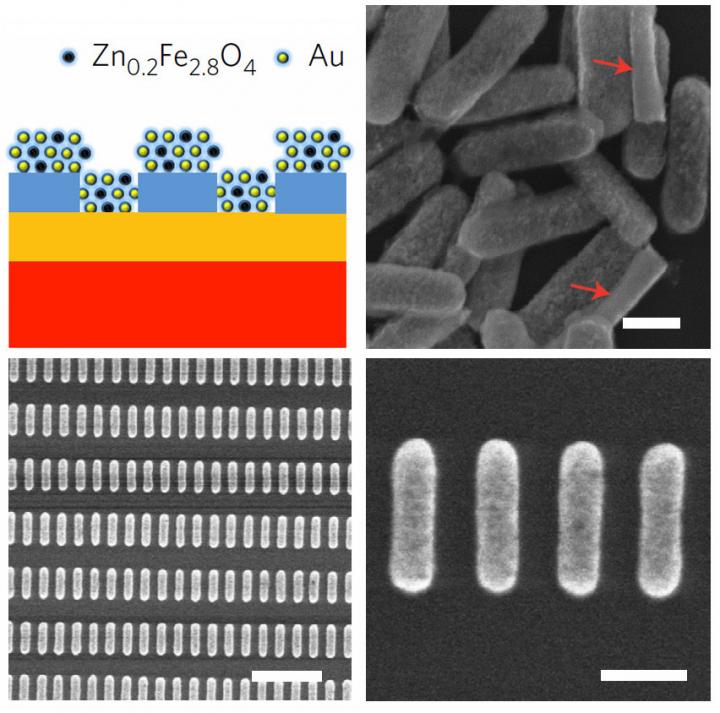
Next-generation 'smart' nanoparticle systems should be precisely engineered in size, shape and composition to introduce multiple functionalities, unattainable from a single material.